Cultural Awareness
Course Purpose: The qualifying learner will be able to communicate effectively with and behave considerately to customers, visitors, and colleagues of different cultures. What you’ll learn The qualifying learner will be able to communicate effectively with and behave considerately to …
Overview
Course Purpose:
The qualifying learner will be able to communicate effectively with and behave considerately to customers, visitors, and colleagues of different cultures.
What you’ll learn
The qualifying learner will be able to communicate effectively with and behave considerately to customers, visitors, and colleagues of different cultures. Learners should also be able to take steps toward resolving differences that arise due to cultural diversity. On achievement of this unit standard, the learner will understand and be able to: Analyse cultural diversity in the South African workplace. Discuss important generic aspects of cultural groups. Address the needs and sensitivities of people of different cultural backgrounds.
Curriculum
Curriculum
- 3 Sections
- 12 Lessons
- 3 Days
- Unit : Analyse aspects of cultural diversity in the South African workplace.ASSESSMENT CRITERIA3
- Unit 2: Discuss important generic aspects of cultural groups.ASSESSMENT CRITERIA4
- 2.1A summary is given of the cultural activities and practices associated with South Africa’s mainstream religions.
- 2.2The cultural views of at least three minor religions in South Africa are given.
- 2.3The effect that politics has played in shaping cultural attitudes in South Africa is explained using historical and present-day examples.
- 2.4The challenges inherent in creating a united, yet, culturally diverse workforce are explained with the use of examples of how the challenges may be overcome.
- Unit 3: Understand the needs and sensitivities of people of different cultural backgrounds.ASSESSMENT CRITERIA5
- 3.1The needs and sensitivities of people of different cultural backgrounds are identified with a view to understanding how best to meet their expectations.
- 3.2The problems associated with the migrant labour system are explained in terms of the labourer’s personal development, feeling of self worth and family ties and responsibilities.
- 3.3Suggestions are offered for changes to policies, procedures, habits and attitudes in order to promote harmony in a culturally diverse workplace.
- 3.4A distinction is made between fair and unfair discrimination pertaining to cultural difference as provided for in the South African constitution.
- 3.5A range of “isms” and “phobias” relating to cultural difference are described in the context of the workplace.
Requirements
- Grade 11
- NQF Level 3






